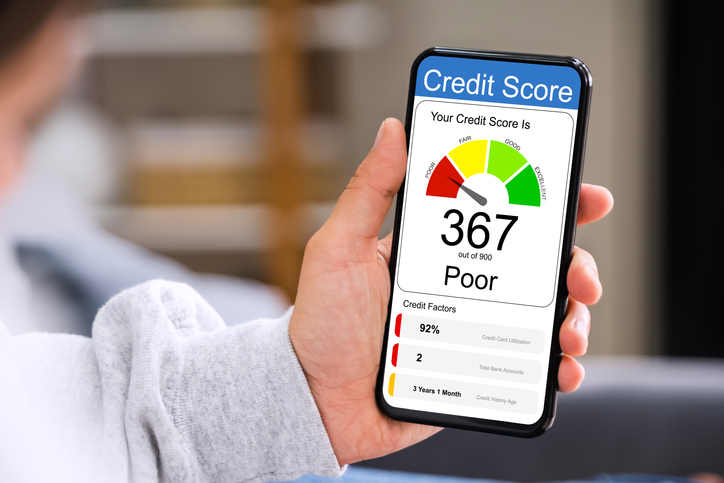Navigating the sea of student loans can be difficult. In the process, you may have heard the terms “unsubsidized student loan” and “subsidized student loan.” You might even have a good grasp on the concept of subsidization but have no idea how it applies to student loans. We’re here to help. Essentially, the difference between a subsidized and unsubsidized loan is that the interest of a subsidized loan is paid for by the government up to a certain point but the interest for a subsidized loan is not. In both cases, payments on the loan do not start until 6 months after graduation. Let’s break down what these two kinds of loans are, and get into what the difference between subsidized and unsubsidized loans really is.
Unsubsidized Student Loans
An unsubsidized student loan is the standard loan for university and college students. Unsubsidized loans are available to students of all financial backgrounds. Interest accrues on these loans while you’re in school, and during the six month grace period after graduation. Even though no payments are due during the grace period, interest still accrues on the loan.
Just as an unsubsidized student loan is for students of all financial situations, it applies to any kind of student as well. Undergraduate, graduate, and professional school students can all apply for an unsubsidized student loan.
Unsubsidized student loans generally have higher loan limits. The amount you can borrow is ultimately determined by your school, but if you only have unsubsidized loans, it’s likely that you can borrow more money.
Subsidized Student Loans
The federal government subsidizes loans for students with financial needs. If you get a subsidized student loan, the Department of Education pays the interest while you’re in school, and during a six month grace period after you graduate. No payments are due on the loan while you’re in school, or during the grace period.
Since subsidized student loans are for students with financial needs, applicants must demonstrate these needs when they fill out FAFSA. If you can’t prove the financial need, you don’t qualify for a subsidized student loan. These loans are for undergraduate students only. Graduate students and students in professional schools do not qualify.
A subsidized student loan typically has lower lending limits. Because the government subsidizes these loans by paying interest, there are more restrictions placed on the amount you can borrow for your education.
The Difference: Subsidized vs. Unsubsidized Student Loans
The primary difference between subsidized vs. unsubsidized student loans is the cost. Due to interest costs not applying early on, as well as lower lending limits, a subsidized student loan is less expensive than an unsubsidized loan. Depending on how much you borrow, and how long you’re in school for, the interest costs of an unsubsidized student loan can be substantial. That’s why taking advantage of a subsidized student loan if you qualify, is a beneficial move for you.
The requirements for receiving a loan are the other main difference between subsidized and unsubsidized loans. Because you get extra assistance from the government when you get a subsidized student loan, more qualifications must be met to receive one. You have to prove financial need and be an undergraduate student in school at least half-time.
So should you get a subsidized student loan? Experts recommend getting it if you qualify, and filling any gaps with an unsubsidized loan. If you don’t qualify, an unsubsidized student loan is really the only option.
Lift Credit offers same day, personal loans with no credit check. Find out how it works and view Lift Credit’s blog for more financial tips.









